After only 48 hours back in the UK, I had to make a quick dash back to New Zealand when my Mum became ill. I had a shorter trip planned for a few week’s time so could thankfully use the same flights and just amend the dates.
On my return to the UK, rather than just transiting through Shanghai, a city I had never been to, I decided to spend a day having a look around. I have been to Bejing and Xian many years ago, but never Shanghai. I had a busy day planned to make the most of my short time, and it started a mere 3 hours after my plane was due to land (wishful thinking? Thankfully not)!
I was already calculating my plan B as I stood in the short but very slow immigration queue, but I finally made it through and found my way to the Shanghai Magnetic Levitation (or Maglev) train – only the third commercial maglev line and the oldest one still in commercial operation – having opened in 2004. At a cruising speed of 430km/h it is the fastest commercial electric train in the world and it connects the Shanghai airport to Longyang Road Station, a distance of 30km, in less than 8 minutes. My train only got up to about 300km/h and I was already worrying about making by 10am walking tour … I was certain those extra 100km/h would have made all the difference.
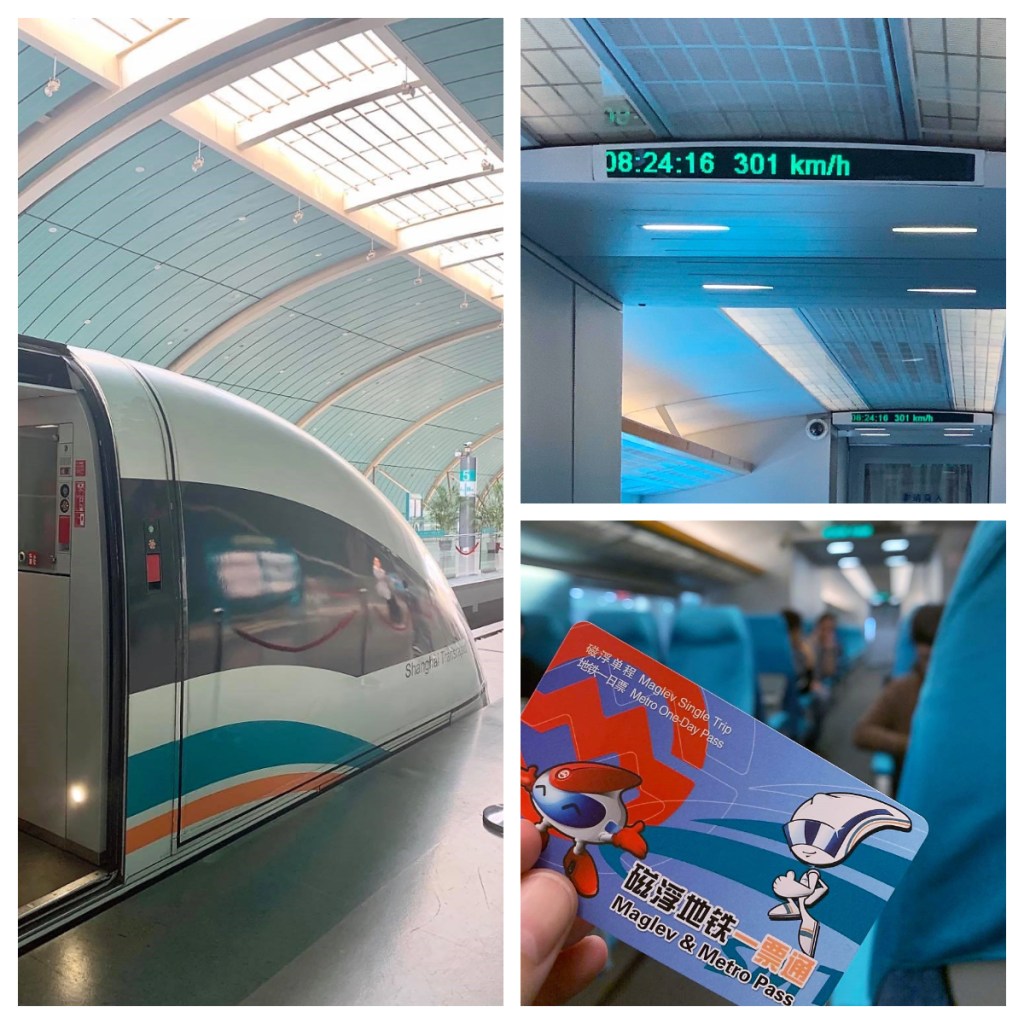
What is a Maglev train I hear you ask? It’s a system where trains float over guidelines (rather than wheels on tracks) using the principles of magnets. They rarely touch the tracks so there is far less noise and vibration and the lack of friction means they can travel at high speeds – lesson over lol.
After a quick stop off at my hotel, where I could thankfully get into my room to change and drop my bags, I set off at a trot to the meeting point, arriving just in time. As it turns out I did not have to rush as we ended up waiting around for at least another 15 minutes – I could have got that coffee I was craving!
Shanghai is China’s largest city with a population of over 24 million (a staggering amount for my brain to comprehend). What started off as a fishing village on the Huangpu river (a tributary of the Yangtze river), is now the busiest container port in the world.
I won’t bore you with the centuries long history of Shanghai but perhaps just a brief, more recent history which lead to the diverse city we see today – namely the Opium Wars. The first was fought in 1839-1942, between the Qing dynasty and the British which started in part because of the dynasty’s campaign against the opium trade which was extremely lucrative for the British Empire (through the British East India Company). The second in 1856-1860 against Britain and France. The Qing dynasty lost both due to their enemies more advanced military technology and they were forced to grant favourable tariffs, trade concessions and territories, not subject to Chinese laws. (One of these territories was Hong Kong which ended up being a British territory from 1841 to 1997.)

The first stop on the walking tour was an odd ‘fake’ street 🤔 – a model of a 1930’s Shanghai street called Shanghai Old Days or 1930 Folk Street – underneath the Shanghai Urban Planning Exhibition Centre.
It is almost like something out of a Las Vegas hotel, where they have tried to make you feel like you are in Venice (the Venetian), Rome (Caesars Palace) or Morocco (the Aladdin) with false ceilings painted like skies and cobblestones floors. There is also mannequins wearing the eras clothing and a life size street car (or tram).
We next stopped at the People’s Square – prior to 1949, it was home to the Shanghai Race club and it’s horse racing course. Racing and gambling stopped during WWII and was never allowed to resume.
The clubhouse buildings became the Shanghai Art Muesem, while part of the race track became People’s Park, a public park. These buildings were soon joined by the Shanghai Museum (shaped like a Chinese cook pot with a beautiful floral display in front of it), the Shanghai Grand Theatre and the City Hall (celebrating the 70 year anniversary of the governing Communist Party). Our guide told us that the new buildings built in the area were built big and heavy, in order to push down demons from graveyard that was next to racecourse!


People’s Park used to only be open to foreigners, but is now sometimes referred to as ‘Old People’ Park as there are many older people in the park exercising or taking their birds for a walk (in their cages of course lol). Worth noting that people retire relatively early – men at 60 and women at 55, so these so called ‘old people’ are not necessarily that old!
One of the other major activities that now takes place in the park today is the Marriage Market. Kind of like a Chinese tinder, but here it is parents trying to match make their children – by advertising their details on umbrella! Hundreds of umbrellas advertising people and apparently, 99% of parents are doing this against their child’s knowledge or without the children knowing!!!! They provide details about their child’s height, weight, education, job etc. but it is almost as important that the whole family gets on, not just the children! The parents take this very seriously and they are there every weekend, all day, until they make a suitable match.

Through the park and we continued on East Nanjing Road pedestrian street. The full street is 5.5 kilometres long with big western brand shops interspersed with local shops. The east part of the road is the busiest commercial part of the city and apparently there is a saying that goes “’you have not ever been to Shanghai unless you go to the Nanjing Road’.
Constructed in 1851, the road ran from the racecourse to the Bund (by the river) and was widely called Great Horse Road or “Da Malu” in Chinese and it was the city’s first modern road. A kilometre of the road was converted to a pedestrian street in 1999.
We turned off this modern, western street and we were immediate immersed in a something a little more traditional. Narrow bustling streets, full of small local shops, lots of little food shops and full of mopeds and people and it was time to sample some real Chinese food in China – I had a couple of pork buns, only 2 yuan each (about NZ 45 cents) and they were amazing! I also tried by first bubble tea – I may be a little late to jump on that band wagon. Thankfully there were a couple of American girls on the walking tour who had been living in China and were familiar with how it all works as it was all in Chinese and there were a number of choices that had to be made – tea type, flavour, sugar level etc. I tried the traditional one and I can say it certainly will not be the last time as it was good. To date I have not really found one quite so good, I guess in NZ the concept has been westernised but I am still enjoying them.
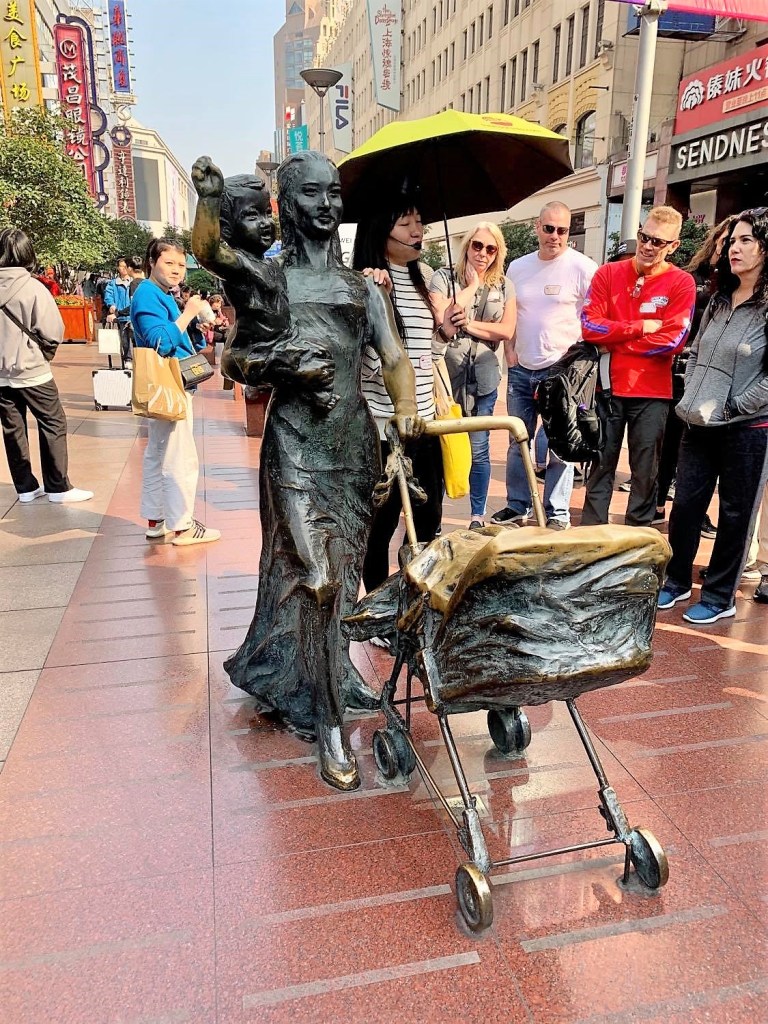
Back on the main street, we stopped to admire a statue, taking pride of place along the pedestrian street – A woman carrying a small child and pushing a pram. Looks pretty innocuous but it in fact was a propaganda statue for the Chinese one child policy! This has now been changed to a two child policy, but in the past there were great penalties for having more than one e.g. the loss of their job and not being able to get another one. It was also prohibited for people to know the gender of the baby until birth so they did not abort girls.
A side note, in some jobs, people only get 5 days annual leave a year, although on the upside they do get to retire earlier. Still, I definitely could not survive more than 40 years of one week holiday a year! Thank goodness I am not Chinese!!!
Shanghai is such a city of contrasts – old and new, rich and poor, modern and traditional. Our next stop was more on the traditional side, the Shikumen or stone gate houses. These houses date back to the end of the Qing Dynasty in the early 1900’s and are made of thick wooden boards with stone door frames (hence the name). These houses started off as largish European style apartments off narrow alleys, but subletting (sometimes several in the same apartment) meant often people had about 4.5 square metres per person, with public kitchens and bathrooms – resulting in crowded and disorderly living conditions. Some people still live like this but many of these alleys are being demolished to build modern buildings whilst others have been completely refurbished for modern living whilst keeping the more traditional design.
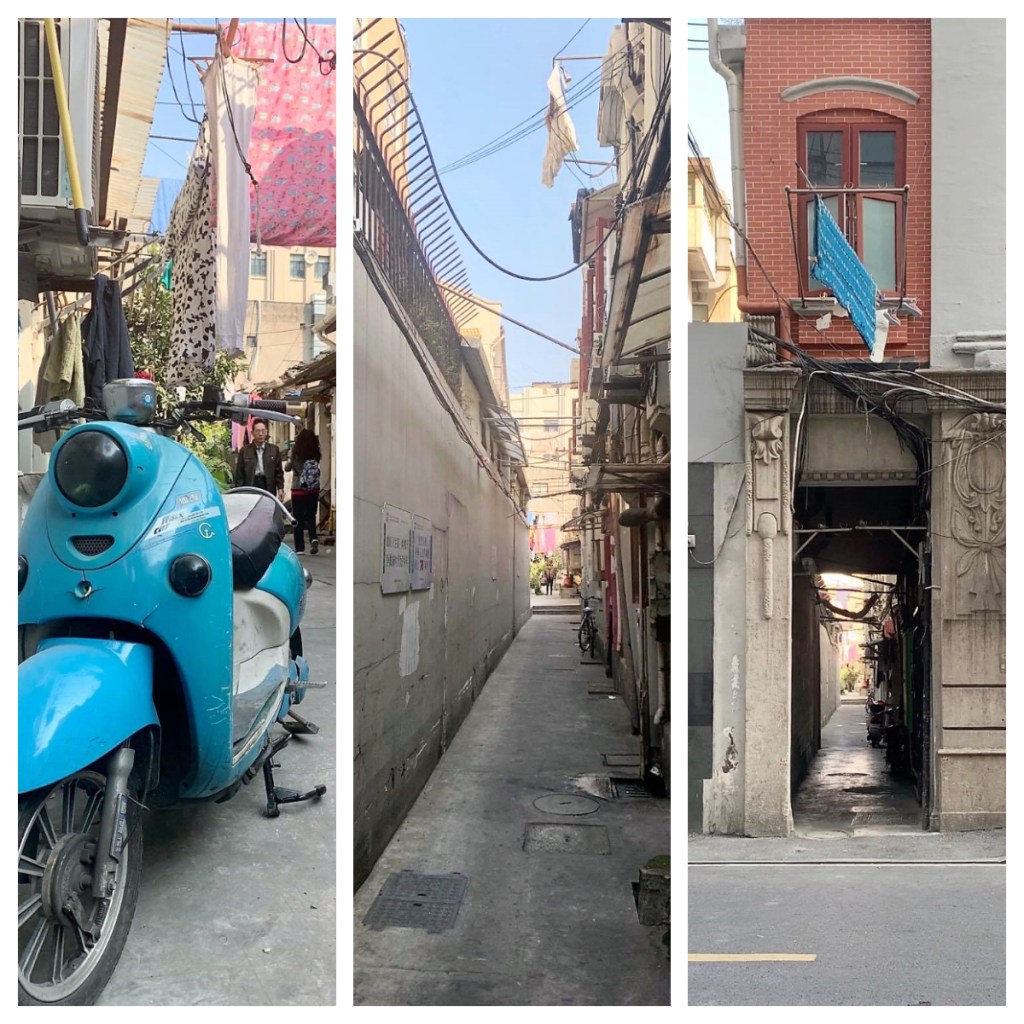
We then made our way to The Bund (Waitan in Chinese meaning Outer Beach), one of the most popular tourist sites in the city and the waterfront area along the bank of the Huangpu River.
The word ‘bund’ actually comes from the Persian word “band” which means embankment and was named as such by Baghdadi Jews who settled in Shanghai. Today the area is a protected historical district and is within the former Shanghai International Settlement and there are 26 colonial buildings from the 1920’s-1930’s when it was the powerful centre of the foreign establishment in the city. It has been known as the Oriental Wall street and in fact, even has a bull sculpture. It was made by the same designer as the New York Wall Street bull, but they asked for it to be twice as big as its New York counterpart, but it is not quite!
All the colonial buildings that once flew the British flag, now fly the Chinese flag, every single building lol 😂
30 years ago, there was almost nothing on the other side of the river, today the area is filled with modern skyscrapers and is probably one of the most recognisable scenes of the city. One of the skycrapers is the second tallest building in the world – it may only be the second tallest building, BUT, it does have the world’s fastest lift and the highest observation deck. Unfortunately I did not have time to visit the other side of the river, but hopefully next time.

Oddly, Google (the company) has 3 floors of the ‘Bottle opener’ building (at vast expensive) but the use of google is banned in China (even google maps!) – now that’s a head scratcher 🤔 Perhaps they are preparing for a change of law in the future I guess?
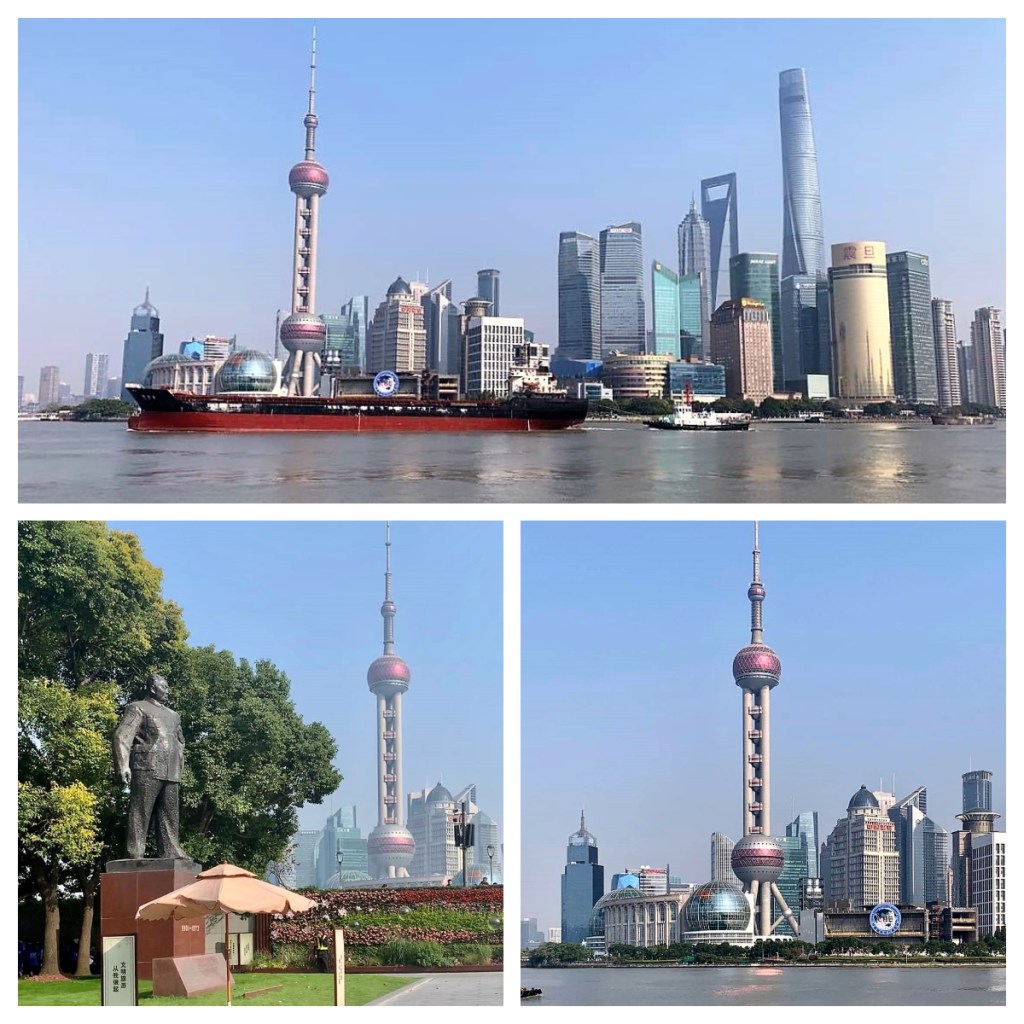
It is still an active river and port today and boats ploughing up and down – large Chinese barges, container ships and cruise ships alike.
After almost 5 hours of walking, I left the group and headed to my hotel which was just around the corner for a quick ‘nana nap’ before heading back to the Bund. They was still the haze of pollution and even more people than earlier in the day. I guess that’s China for you 😂
As the sun went down, one by one the buildings across the river came to life and then the almost full moon rose over the buildings – it was beautiful but I could not stay too long as I had to jump on the metro to meet up with my food tour guide. The gardens were beautiful as well, with moving butterfly illuminations – photos do not do it justice.
By this time (around 5pm) there were soooooo many people and clearly I was going the wrong way – sometimes there where so many people going towards the Bund I could not fit on the footpath!
When I finally made it back the metro and realised there was a much more direct way to my meeting point so of course I was there 30 minutes early – I could have taken at least another 20 completely unnecessary photos of the Bund as it got darker 😂
Thankfully the metro system is an easy way to get around this vast city. I bought a ticket that included 1 maglev ride and 24 hours on the metro for 55 Yuan (around NZ$12). That was a couple of hours short to be able to include my return to the airport but a single ticket on the metro was not expensive. There was airport style security checks to get in to the metro stations but once in, the metro maps have English translations as does the announcements on the metros themselves saying which stops are which so that made life so much easier (at the same time taking away the challenge of working out in a completely foreign language) – and they are air conditioned 👍🏻.
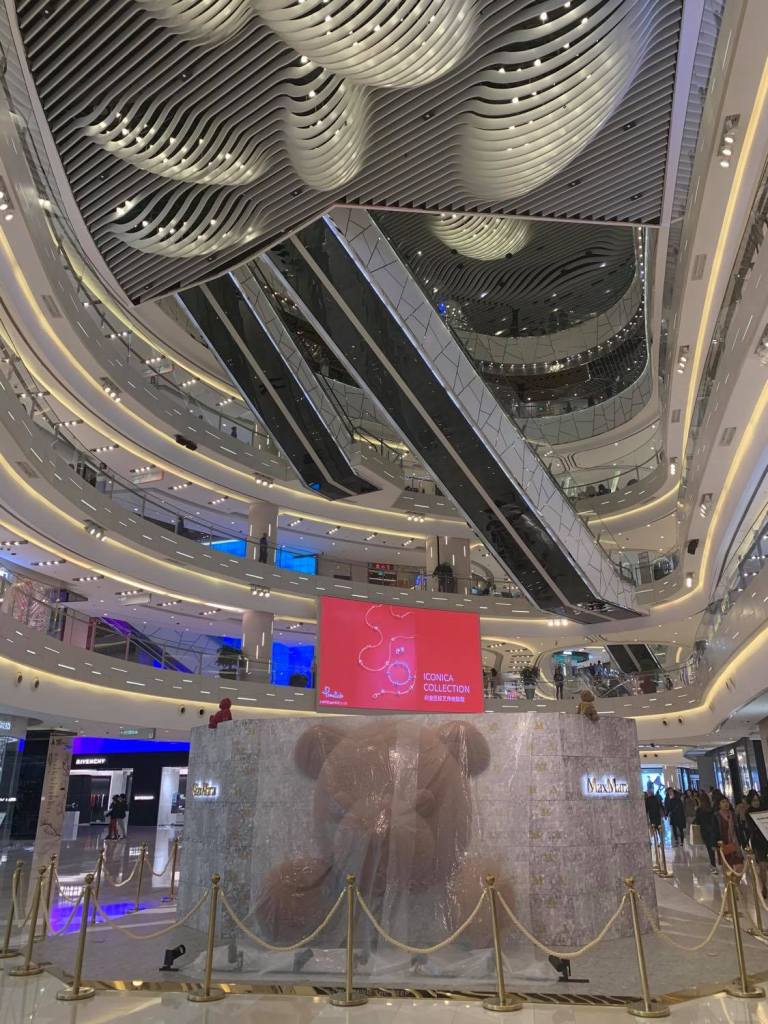
The meeting point for my evening food tour was just outside the South Shaanxi Road metro station next to a large modern shopping mall full of design shops. Sadly, given my short time in the city I did not get to see much of the old or traditional (hopefully another time) part. The one good thing about all the high end shopping centres is high end toilets!! And I mean really fancy, so I took the opportunity to use the facilities before I meet up with the group.
The food tour was arranged through Lost Plate Food Tours. They pride themselves in taking small groups (8 in my group) to local, family owned restaurants, off the normal tourist routes. Many of them only specialise in one dish which means they are experts in it! For US$65 you could have unlimited food and beer on this tour that took us through the former French concession. The best thing was that if you were not finished your beer when we were ready to move on to the next restaurant, we could just take it with us.

We headed off to our first restaurant through a beautiful park, many people were out dancing and enjoying the balmy evening. Historically, the park was only allowed to be used by French children!
We quickly reached Round one – Pot stickers and Shanghai soup dumplings and Suntory beer. All delicious and quickly consumed. Of course we had to be reminded that we had numerous more courses to go so not to fill up at the first stop lol.

Round two was a small place that used to be a house (most of the places we visited were like this). We were seated in a small upstairs room which used to be a bedroom and here we had Shallion (or Spring Onion) Oil noodles which are considered Shanghai comfort food and can be eaten for breakfast, lunch or dinner. Our noodles were washed down with a yellow wine made from wheat called Huangjiu and a Tsingtao beer.
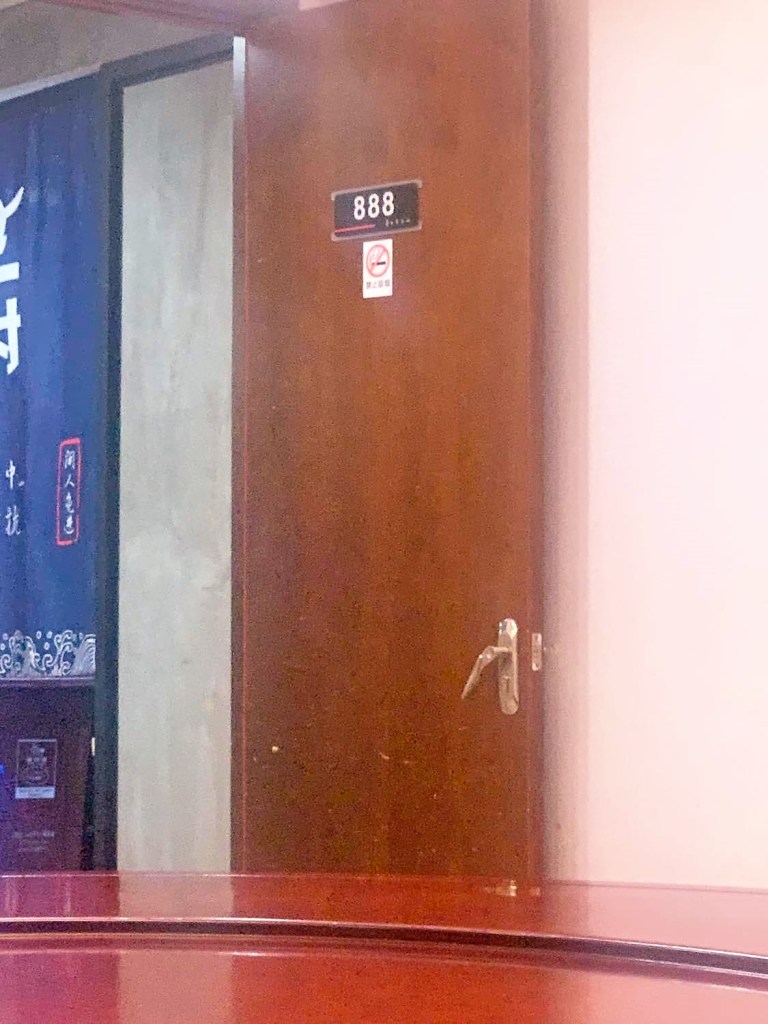
Round 3 took us to a much larger restaurant and we had a massive private room – room number 888 = rich rich rich in the Chinese culture. Here the food was much more fine dining but unfortunately it is here my notes fail me – the first course I have described as “Fresh? Shrimp, egg, bamboo – it’s so fresh I lose my eyebrows? 😂” Now I have done a google search and all it brings up is beauty salons in Shanghai were I can get my eyebrows shaped!! So I really have no idea what eyebrows had to do with this dish but it gave me a good laugh 10 months on lol.
Thankfully I had a little more detail noted about the next dish – “Moonlight shining on lotus pond” but not much and I assume it is a signature dish of the restaurant as again not find much about it lol. Judging by the photo it had Chinese yams, capisicum, lotus roots, snow peas and black fungus (probably nicer to say a type of mushroom lol).

We had a delicious ground pork and mushroom dish which you wrapped in a small flat bread, and then the final course was their famous braised Pork Belly, which not surprisingly was delicious.
Next up was dessert at a “hole in the wall” store, mango flavoured coconut milk with sago which we ate on the street and it was amazing! All the food was great but this was probably my favourite.
Our final stop on the food tour was a roof top bar and craft beer brewery for our final beer – lots of different choices and some great fruity beers. It was a great tour. Not only tasting some amazing food but learning about the cultural idiosyncrasies of food and drink in Shanghai.
Not suprisingly, my final stop for the day was back at the Bund to check out the lights at night which of course were still pretty spectacular. And so ended my 18kms of walking for the day!

The following morning and I was ready to head back to the airport. Clearly people in Shanghai are not early risers – my fears of getting caught up in their rush hour commute was unfounded. Even Starbucks was not open at 7.30am on a Monday and the metro was not rammed as I had imagined. I got a seat after a couple of stops and settled in for the 50 minute journey on the subway to the airport.
I need to be honest, in all that walking, I really did not see anything traditional. Shanghai was a real surprise to me – well certainly the part I spent the day in. Modern, clean and shiny – but next time I need to dig a little deeper for the traditional Chinese part of the city … or stay for 48 or even 72 hours!




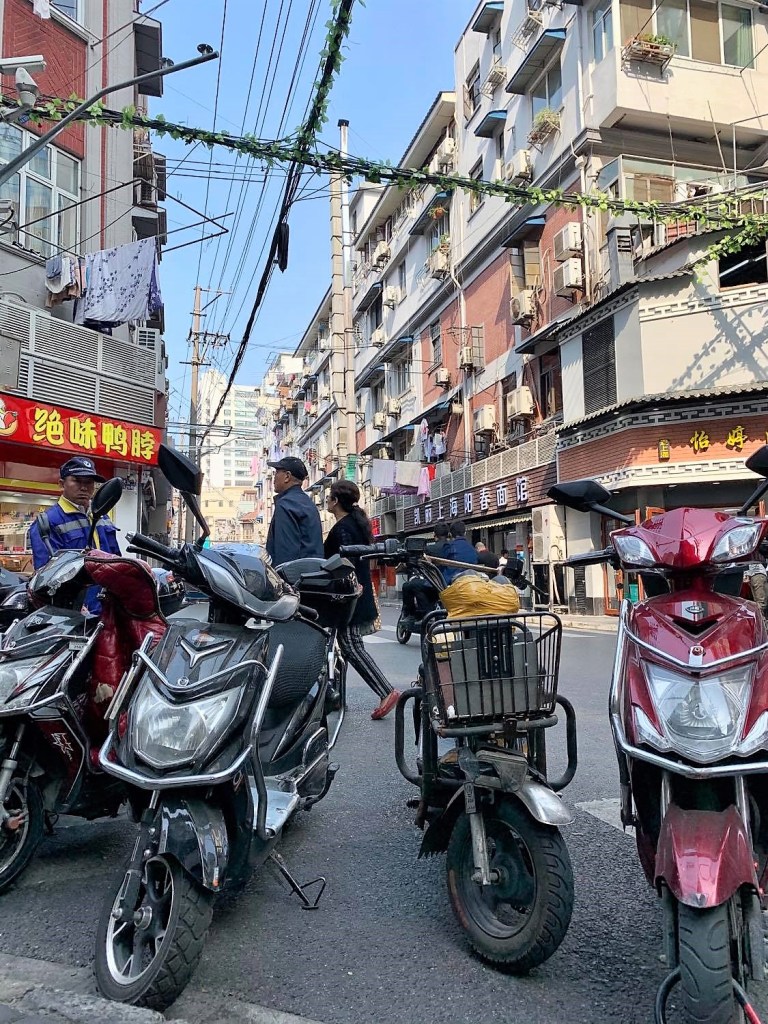


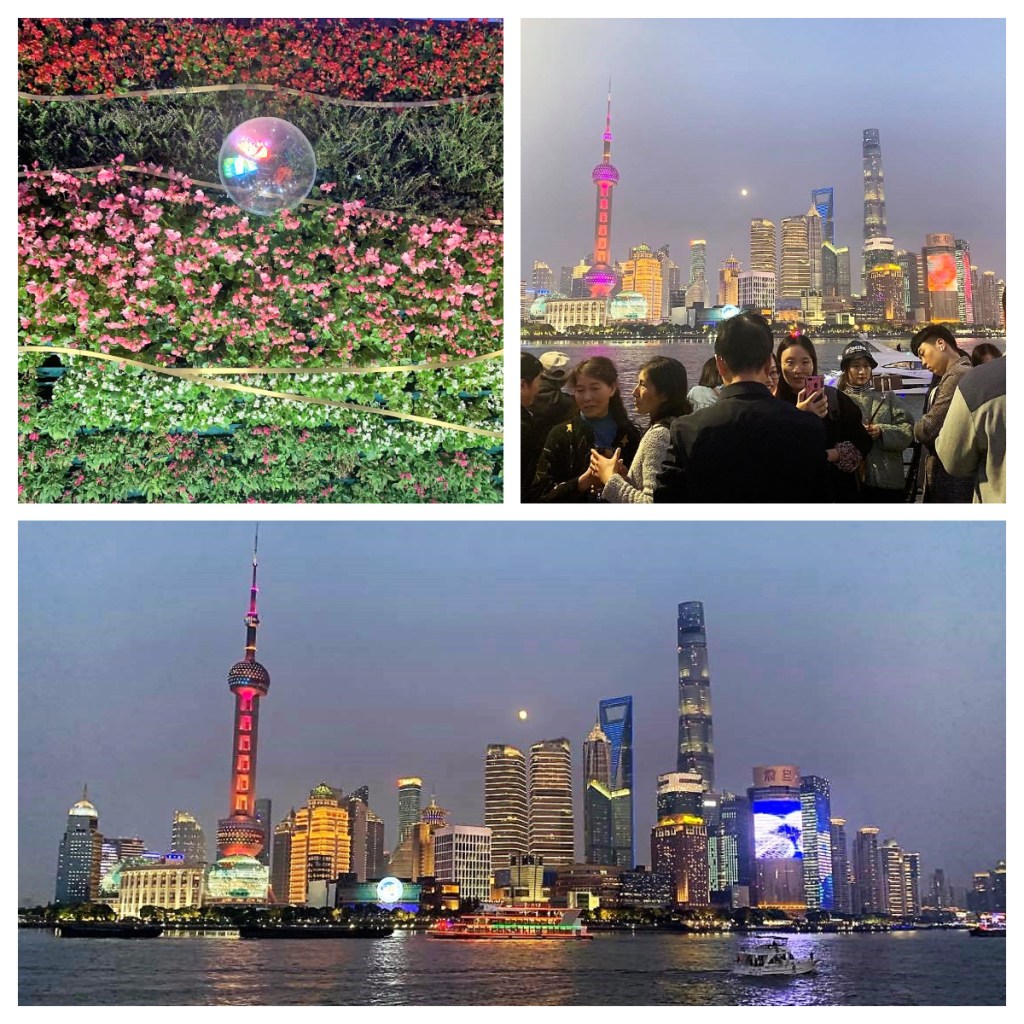



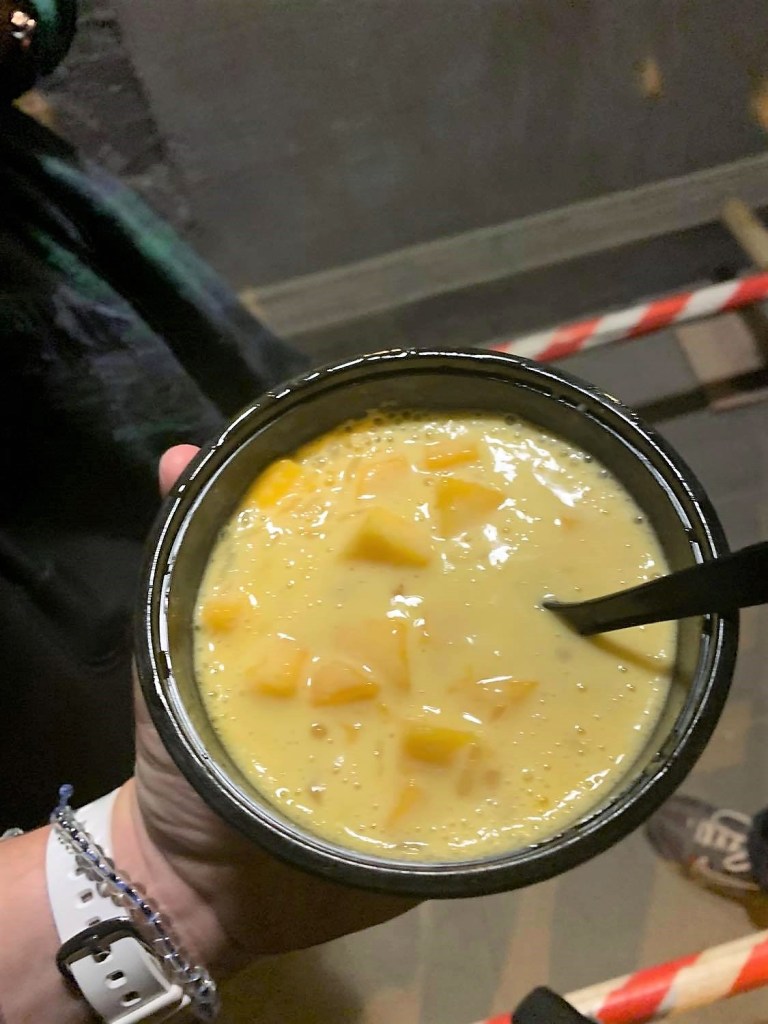
thanks for that one – brought back memories of my visit to Shanghai in 2017. Would love to have done the food tour – that sounded delicious!
LikeLike
Enjoyed your Shanghai blog. We had 3 days there – long time ago with minders an did top speed on maglev train. Dx
LikeLike